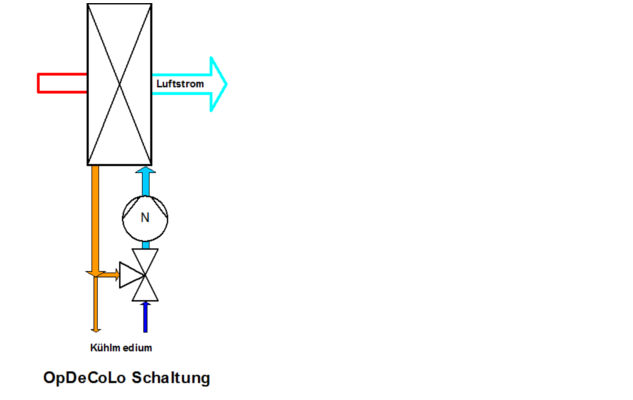Method for controlled air conditioning in a ventilation system and apparatus (control of the OpDeCoLo)
// Construction Technology // Mechanical Engineering
Ref-Nr: 15701
Abstract
Around 2.5 billion euros are spent annually on cooling buildings in Germany alone. The innovation concerns a control system and a device for air cooling and dehumidification by means of a surface cooler in a ventilation system. With the help of the OpDeCoLo, about 6 - 10% of the cooling energy costs can be saved, depending on the climatic region.background
Ventilation systems for workplaces and assembly rooms are often used to maintain not only indoor air quality but also thermal comfort. For this purpose, these systems are usually equipped with system components in such a way that at least three thermodynamic air treatments can be carried out: Heating, cooling and dehumidification.
Motivation
The challenge here is to ensure that the systems are regulated and controlled in such a way that the two objectives (maintenance of indoor air quality and thermal comfort) are achieved with the most minimal possible use of energy.Innovation / Solution
The innovation includes both the control and the hydraulic connection to an air cooler. This makes it possible to adjust the performance of the cooler for air cooling and dehumidification to the target by simultaneously controlling the inlet temperature and the inlet mass flow. By adjusting the inlet temperature, dehumidification can be reduced to the level required for comfort. With the help of this technology, efficient room air conditioning is made possible.Benefits
Reduction of the annual cooling energy requirement
Can be retrofitted to existing air conditioning systems
You can close this window. You can find your search results in the previous window





